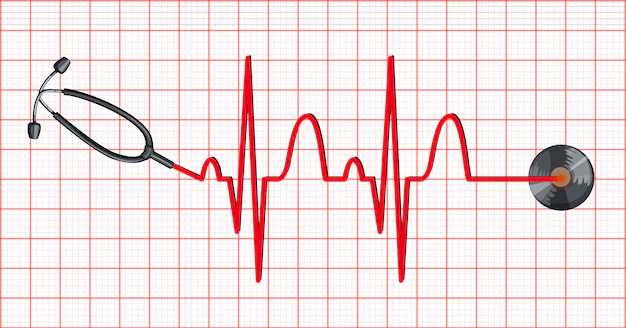Suppressing Atrial Fibrillation Symptoms: Rhythm Control

Rhythm control is another approach used to suppress atrial fibrillation (AFib) symptoms by restoring and maintaining a normal heart rhythm. This is typically achieved through the use of medications or procedures that attempt to restore the heart’s normal rhythm and prevent AFib episodes from occurring.
Here are some of the common medications used for rhythm control:
- Anti-arrhythmic medications: These medications work by slowing down or blocking the abnormal electrical signals that cause AFib. Examples of anti-arrhythmic medications include amiodarone, sotalol, flecainide, and propafenone.
- Cardioversion: Cardioversion is a procedure that involves delivering an electrical shock to the heart to restore a normal heart rhythm. It can be done using either medication or a defibrillator device.
- Catheter ablation: Catheter ablation is a procedure that is used to create scars or lesions in the heart tissue to disrupt the electrical signals that cause AFib. It can be done using either radiofrequency energy or cryoablation.
Rhythm control can be an effective approach for some people with AFib, particularly those who experience frequent and symptomatic episodes of AFib. However, it is important to note that rhythm control can have some potential risks and side effects, and it may not be suitable for everyone. Your doctor will carefully consider your individual health needs and medical history when determining the best treatment approach for you. Regular monitoring and follow-up appointments will also be needed to ensure that the treatment is working effectively and to monitor for any potential side effects.
